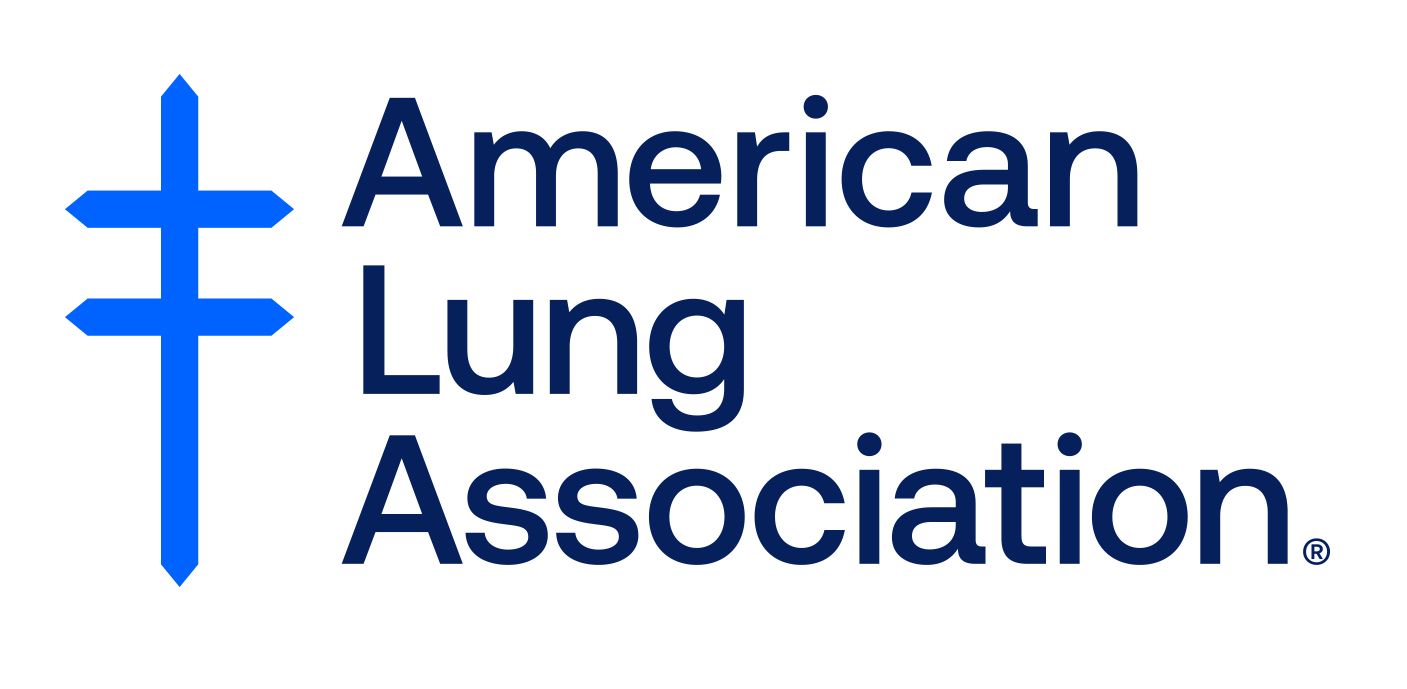- About Us
- Advertise / Support
- Editorial Board
- Contact Us
- CancerNetwork.com
- TargetedOnc.com
- OncLive.com
- OncNursingNews.com
- Terms & Conditions
- Privacy
- Do Not Sell My Information
- Washington My Health My Data
© 2025 MJH Life Sciences™ and CURE - Oncology & Cancer News for Patients & Caregivers. All rights reserved.
Augtyro ‘Fills a Gap’ in the Treatment of ROS1-Positive NSCLC

Darlene Dobkowski, Managing Editor for CURE® magazine, has been with the team since October 2020 and has covered health care in other specialties before joining MJH Life Sciences. She graduated from Emerson College with a Master’s degree in print and multimedia journalism. In her free time, she enjoys buying stuff she doesn’t need from flea markets, taking her dog everywhere and scoffing at decaf.
The recent FDA approval of the next-generation tyrosine kinase inhibitor Augtyro provides patients with locally advanced or metastatic ROS1-positive non-small cell lung cancer another treatment option when the disease becomes resistant to other therapies.
The next-generation tyrosine kinase inhibitor Augtyro (repotrectinib) represents a new treatment option for patients with locally advanced (cancer that has spread to nearby tissue or lymph nodes) or metastatic (spread from the primary site to other parts of the body) ROS1-positive non-small cell lung cancer (NSCLC).
The FDA recently approved Augtyro for the treatment of patients with locally advanced or metastatic ROS1-positive NSCLC.
“I think that this is a game changer for this population because you can give a drug that it takes at least three years for the cancer to progress,” Dr. Vinicius Ernani, assistant professor and thoracic medical oncologist at Mayo Clinic in Phoenix, told CURE. “It has a significant penetration in the brain … and it seems to protect you from the development of new brain metastases. Patients with ROS1, up to 40% of patients will develop brain metastases.”
ROS1-positive NSCLC is a subtype of lung cancer that makes up approximately 1% to 2% of patients with NSCLC, experts said. Of note, patients with ROS1-positive NSCLC are typically those who do not have a history of smoking or a history of very light smoking.
“This specific approval is extremely important because despite the fact that there are good drugs to target this disease, not everybody responds to them,” said Dr. Michael Grant, an assistant professor of medicine in the section of medical oncology at Yale School of Medicine in New Haven, Connecticut, in an interview with CURE. “So, the better drugs that we can develop, the more drugs that can get into places like the brain and cause shrinkage of brain tumors that may be related to the lung cancer.”
Drug Resistance Over Time
There have been other tyrosine kinase inhibitors approved in the firstline setting for patients with ROS1-positive NSCLC, particularly Xalkori (crizotinib) and Rozlytrek (entrectinib), although they cannot target the G2032R mutation that often leads to the disease developing resistance against these two drugs.
Once a patient’s disease develops resistance against those two drugs, for example, next steps regarding treatment depended on where the resistance was developed, Grant said. If the resistance developed in a specific site such as the lung, patients may be treated with radiation or surgery. But when resistance develops in several different locations at the same time, “that really means that the disease is not being controlled by the drug that’s being used,” he said. “(Before this FDA approval), treatments were pretty limited and really consisted of general strategies like chemotherapy, which was the standard of care for patients that develop resistance in multiple different places.”
In contrast, Augtyro is able to overcome this resistance even after the disease became resistant to prior drugs, experts explained. Ernani added that progression-free survival (the time during and after treatment that a patient lives with cancer without worsening) is significantly longer with Augtyro compared with Xalkori and Rozlytrek.
Grant emphasized the importance of undergoing genetic sequencing or other tests, especially after developing resistance to treatment, to understand why that specific resistance is occurring.
“Get genetic sequencing from the blood, there’s liquid biopsy, assays that can be done that can look for these additional mutations that can happen,” Grant said. “And also a biopsy of one of the sites that’s progressing can be useful to look at the genetics and find out if there’s any mutations that have happened that can cause a resistance. And that can open the door for drugs like Augtyro, and I think that’s why it really fills a gap in the treatment of this disease.”
Oral Administration of Augtyro
Augtyro is an orally administered drug that patients take daily, which is another “enticing” feature of the drug, Grant said.
“Many patients can be on this drug … for a long time, as opposed to coming in every week or every couple of weeks for treatment with chemotherapy and sitting for an infusion,” Grant added. “They can take this drug and follow-up with their oncologist. I liken it to other chronic diseases that can be treated with oral therapy like high blood pressure, diabetes.”
Treatment with Augtyro may be associated with some side effects including dizziness, cognitive issues, loss of balance, pneumonitis (inflammation of the lungs), transaminitis (elevated liver enzymes) or hepatitis (inflammation of the liver) and an increased risk for bone fractures. These side effects highlight the importance of monitoring from a patient’s cancer team, Ernani noted.
“If they cannot tolerate (the side effects), then you have to go lower on the dose, but … with dose reductions, it should be manageable. And the discontinuation rate (in the TRIDENT study) was small,” Ernani said.
Before starting treatment with Augtyro, experts noted that patients should be informed of potential side effects.
“It’s important to be able to educate patients on (side effects) because although they can be mild, if I’m taking something, I would rather know about what to expect and to be able to potentially deal with it as I expect it,” Grant said.
Unmet Needs in the Space
Despite the FDA approval of Augtyro, unmet needs still persist in the treatment of this specific patient population, one of which is how to proceed if patients eventually develop resistance to this newly approved drug.
“Even with Augtyro, patients that had great responses developed resistance down the line,” Grant explained. “Although it can last for many years — and that's amazing for something like stage 4 lung cancer — we need drugs that continue to last longer and longer.”
Ernani added that we also need to learn more about the mechanism of resistance to Augtyro.
“I’m not aware of any studies or literature around what is going to be the resistant mechanism to (Augtyro),” he said. “And after the patients fail (Augtyro), I think that we’re going to go back to probably chemotherapy.”
For more news on cancer updates, research and education, don’t forget to subscribe to CURE®’s newsletters here.
Related Content:




